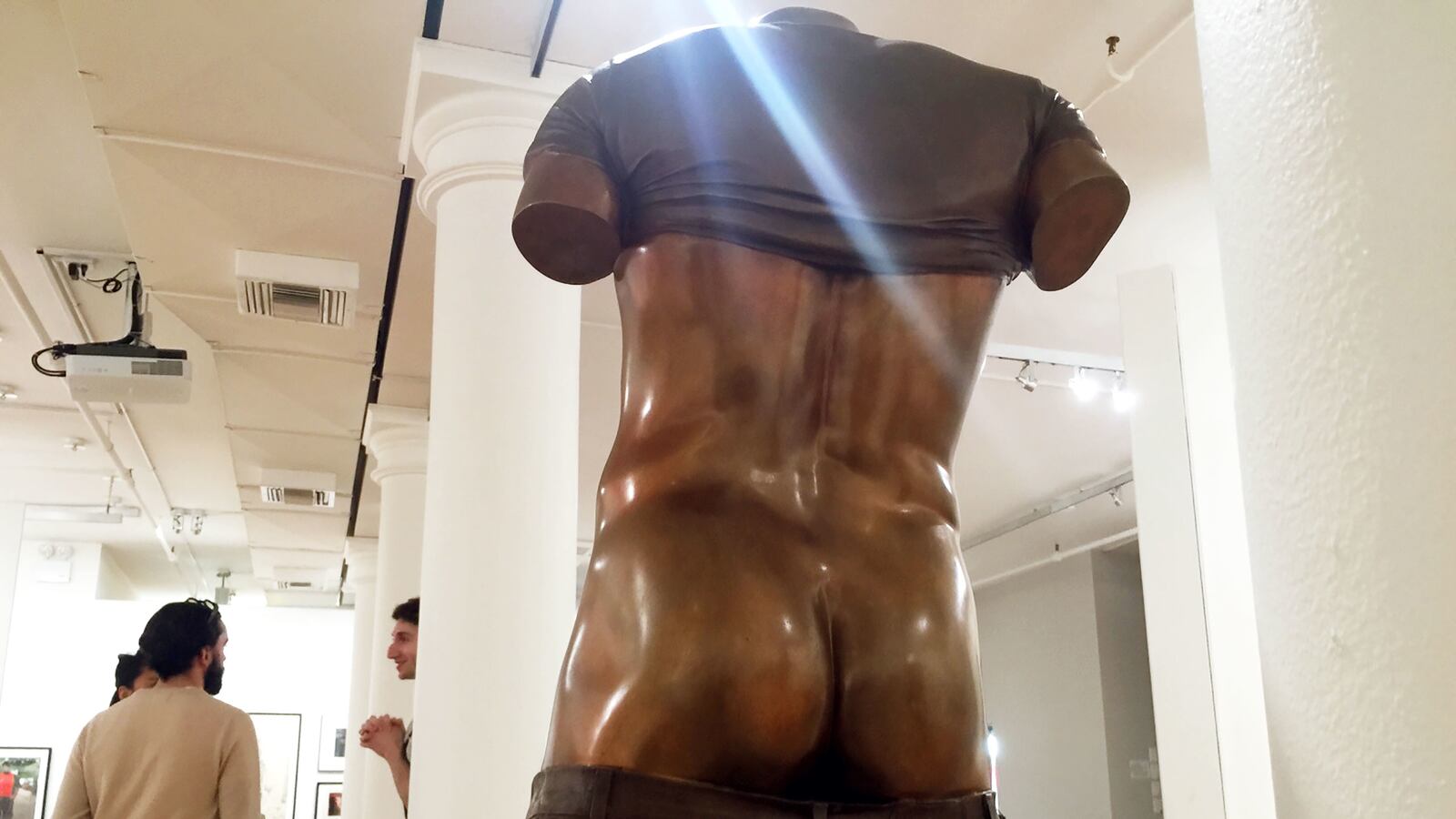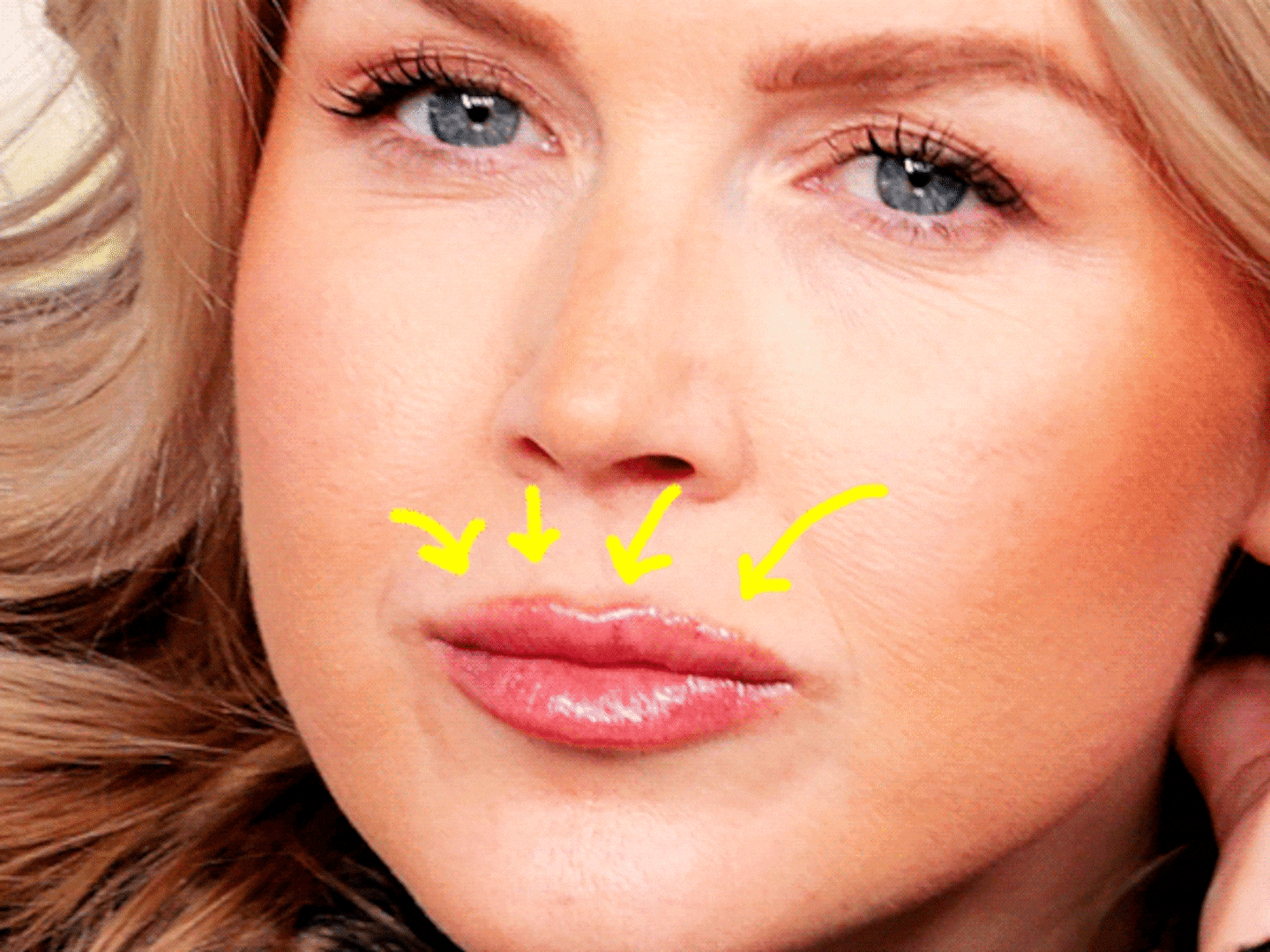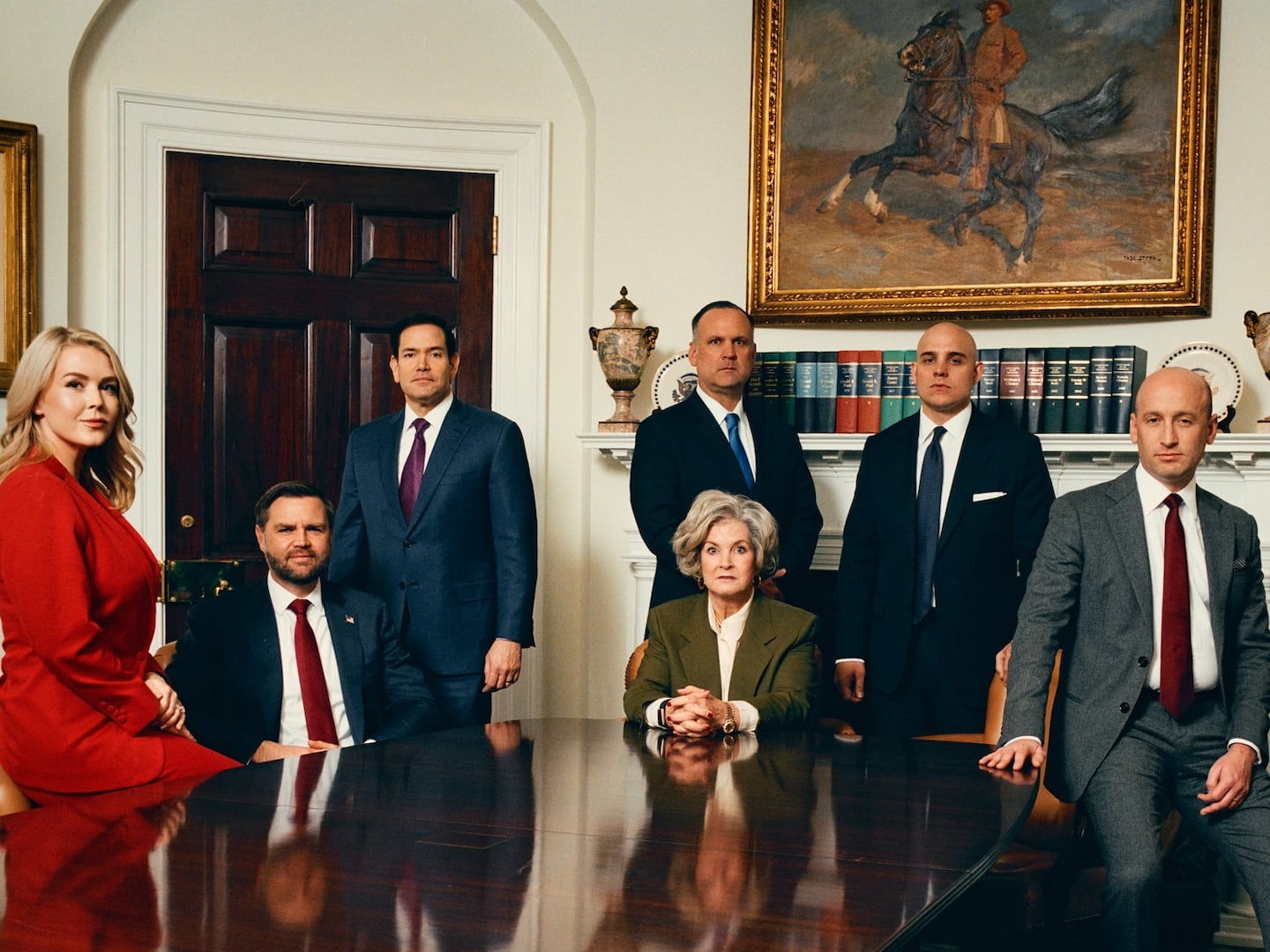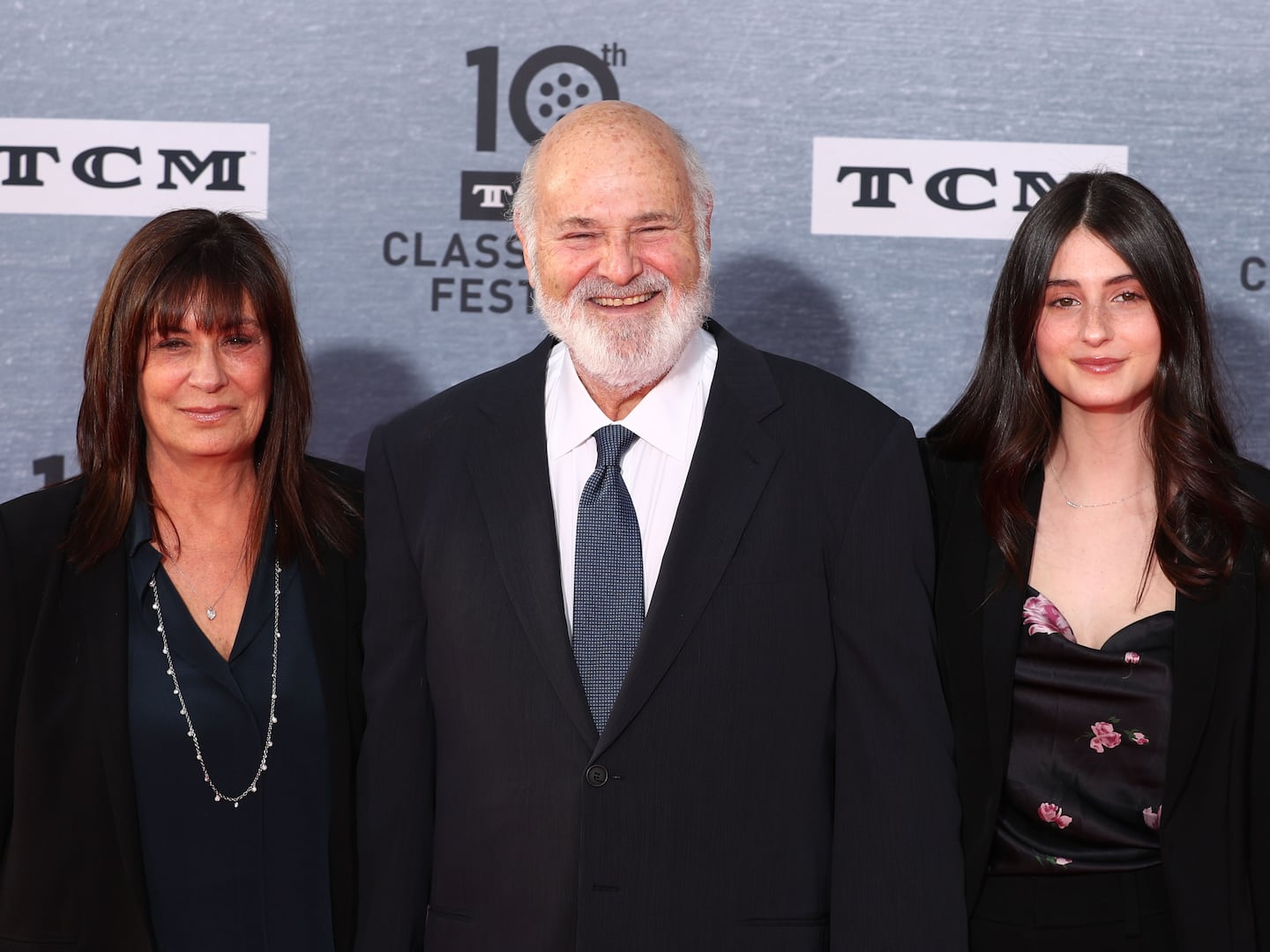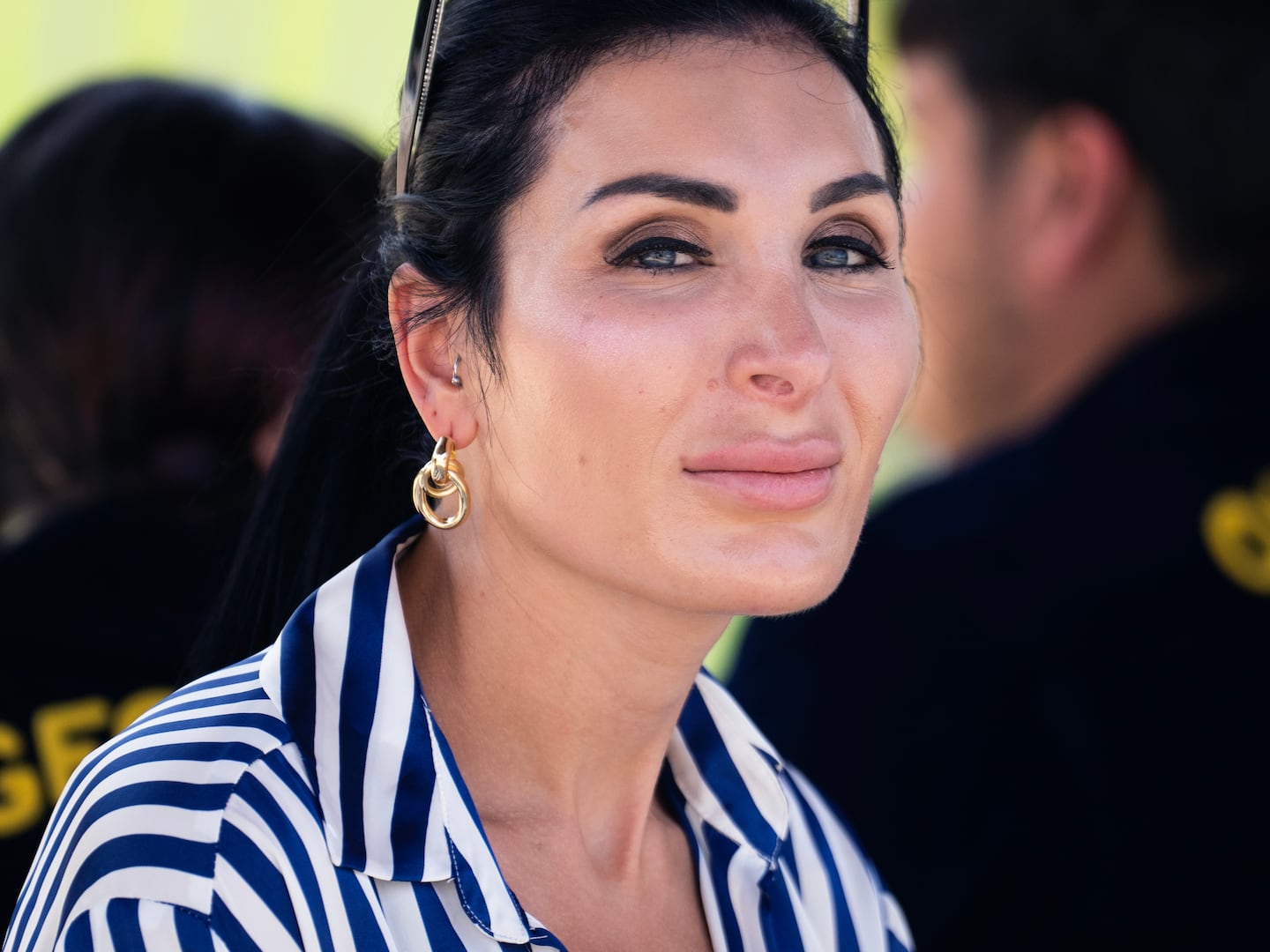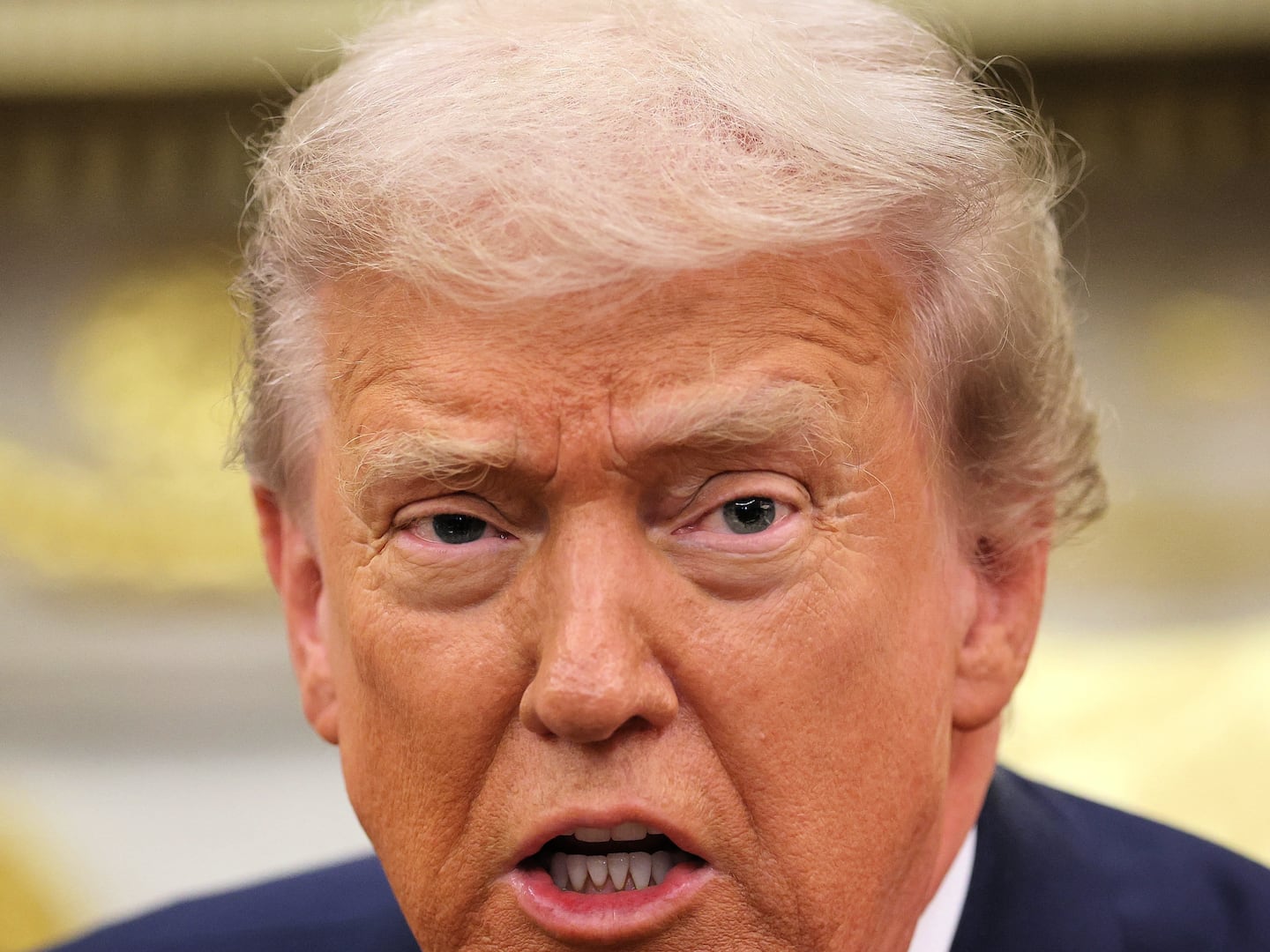Treasure hunts are fun—especially when conducted within the Leslie-Lohman Museum of Gay and Lesbian Art in New York’s SoHo.
The museum, co-founded as a non-profit in 1987 by Charles W. Leslie and Fritz Lohman, has just reopened after a massive renovation, increasing its exhibition space from 3,300 square feet to 5,600 square feet.
Under the aegis of newly installed director Gonzalo Casals, formerly Vice President of Programs and Community Engagement at Friends of the High Line, the museum is celebrating its expansion by exhibiting 240 works of art from its collection of more than 30,000 objects—many unseen until now.
Taken together, these works tell in their compositions, meanings, messages, and themes a wider LGBT history—of times pre- and post-liberation; of HIV and AIDS and its devastating impact; love and loss; togetherness and loneliness; angry and vibrant politics, and moments of silent repose.
One may well ask that the point of an LGBT art museum is—surely most galleries willingly carry the work of LGBT artists—but the Leslie-Lohman’s collection is not scattered or up on the walls one month and down the next. It is concentrated and diverse; what distinguishes it are the many representations of same-sex desire.
Branden Wallace, head of the Leslie-Lohman’s collections department and co-curator of the inaugural show in the renovated space, Expanded Visions: Fifty Years of Collecting, showed a reporter some of the most prize pieces during a recent visit, including a collection of Robert Mapplethorpe pictures showing a male couple enjoying what looked like a bondage session.
Black and white, the pictures held romance, menace, and made art—as Mapplethorpe was famous for doing—out of the images, sensuality, and accoutrements of BDSM.
Next to the pictures is a beautiful black and white image of a man’s face getting splashed with water. Wallace noted that Gerhard Pohl’s 1970 image predated Mapplethorpe’s similarly styled, much more famous images, by around five years.
“What we wanted to show is how so many artists are, either meaning to be or without meaning to be, in conversation with each other,” he said.
An image from Andy Warhol’s Sex Parts series is exhibited alongside a wonderful Catherine Opie print of performance artist Ron Athey, and a Keith Haring picture of a figure being pleasured from behind and the front.
Other images are less overt, while freighted with implication. Ernesto Pujol’s Gulliver’s Travels is two large photographs: one of a male figure bound, the other of his feet bound. It recalls both Gulliver as giant, but also—in the context of AIDS—the notion of a body being occupied by a virus. David Wojnarowicz’s Seven Miles Per Second is a comic strip story around love, desire, and HIV.
Alongside it, Edward Hochschild’s wooden cross, studded with vials, is another artistic story of AIDS: inside the vials are elements of a day of his life, including blood, cat food, and the AZT he was taking as medicine in the early 1990s. And the cross is also a cross, a symbol of Jesus’ crucifixion, of religion—and ambivalently representing both the prejudices of the time, but also, perhaps, personal beliefs and spirituality. John Thomas Paradiso’s pink and grey camouflage bed headboard features a crucifixion scene in its center.
In another part of the gallery is a particular emphasis on lesbian photography, featuring such innovators as Donna Gottschalk, Joan E. Biren (search out her image of parts of two bodies caught in an intimate moment), and Meg Turner, famed for her stunning images of Courtney Webster.
On another wall is a Jez Dolan’s photograph of a floral wreath spelling out “Nancy.” Is this a funeral wreath for an old British insult for homosexual, or a playful celebration of the same? You will find that many of the 240 works come with questions that make you look twice, and maybe more than twice. Such is the skillful curation of the Leslie-Lohman as it celebrates both its expansion and its valuable longevity.
Expanded Visions: Fifty Years of Collecting is on show until May 21 at the Leslie-Lohman Museum of Gay and Lesbian Art, 26 Wooster Street, NYC.

